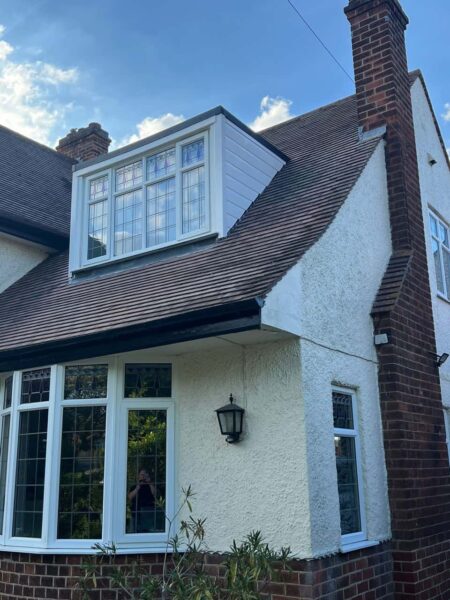What Happens If You Don’t Fix a Slipped Tile?
Introduction
It’s easy to overlook a single slipped tile on your roof—especially if it hasn’t yet caused a visible leak or damage. But ignoring that small issue could lead to a chain reaction of much larger problems. Your roof is a critical barrier against the elements, and even a seemingly minor fault like a displaced tile can compromise the entire system.
At FDC Roofing Finedon, we often deal with the consequences of small roofing problems that were left too long. In this post, we’ll explain why a slipped tile should never be dismissed, and what risks you may face if it’s not repaired promptly.
Key Takeaways
- A slipped tile leaves your roof vulnerable to water damage.
- Ignoring it can lead to costly internal repairs and structural issues.
- Timely repair protects your home, insulation, and interior finishes.
- FDC Roofing Finedon offers prompt, professional solutions across Northamptonshire.
Why Tiles Slip in the First Place
Tiles may become dislodged or slip due to several common causes:
- Strong winds or stormy weather
- Ageing mortar or fixings
- Movement in the roof structure
- Poor installation or previous repairs
- Freeze-thaw cycles weakening joints
Whatever the cause, the result is the same: an exposed section of your roof that no longer offers the protection it was designed to provide.
Immediate Risks of a Slipped Tile
A single gap in the roof covering can allow water to seep in—especially during heavy rain. Water may then track under neighbouring tiles, soak into the underlay, or find its way into the roof structure and loft space.
This creates the perfect environment for:
- Damp patches on ceilings and walls
- Rotting timber battens and rafters
- Mould and mildew growth
- Insulation damage, reducing energy efficiency
Long-Term Consequences If Left Unrepaired
Over time, what began as a small opening can lead to significant structural and cosmetic damage. Moisture that repeatedly enters your loft can degrade internal timbers, warp plasterboard, and stain ceilings. In colder months, the problem may be accelerated by freezing temperatures and increased rainfall.
You could face:
- Costly repairs to plasterwork and internal decoration
- Increased heating bills due to wet or damaged insulation
- Ceiling collapse in extreme cases of prolonged leakage
- The spread of moisture to electrics or structural joints
The earlier you act, the easier—and cheaper—the fix will be.
How to Spot a Slipped Tile
You don’t need to climb onto the roof to spot potential problems. From the ground, look out for:
- Uneven or broken lines in the tile layout
- Visible gaps or bare patches
- Debris from broken tiles in gutters or on the ground
- Signs of birds or animals entering the loft area
- Damp patches on upstairs ceilings or loft rafters
If in doubt, a professional inspection from an experienced roofer can provide clarity and peace of mind.
Conclusion
A slipped tile might seem like a small issue, but left untreated, it can lead to serious—and costly—damage to your home. It’s one of those problems that’s quick and straightforward to fix when addressed early, but significantly more disruptive if allowed to linger.
At FDC Roofing Finedon, we help homeowners across Northamptonshire deal with roofing issues before they escalate. If you’ve spotted a slipped tile or have any concerns about the condition of your roof, get in touch with us today. A prompt repair now could save you a major headache later.
Call us on: 01933 829 064
Click here to find out more about FDC Roofing Finedon
Click here to complete our contact form and see how we can help with your roofing needs.

